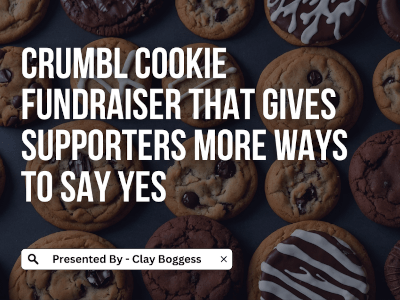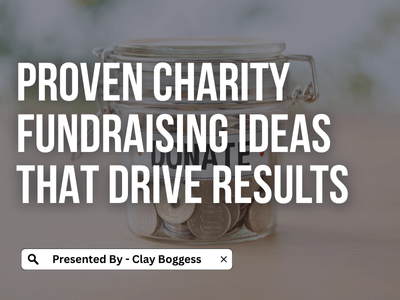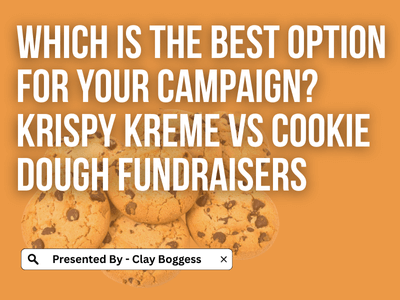
Are you aware of potential hidden fundraising fees?
When you hear a company fundraising representative talk about sales profit, they may or may not be telling you the entire story. Many companies have additional requirements that must be met; otherwise, there may be extra fees.
Companies should disclose all information about potential charges with the organization before signing any agreement, but unfortunately, this doesn't always happen. Sponsors should be informed enough to ask the necessary questions if the rep doesn't bring it up.
For example, many companies charge shipping fees if certain order minimums aren't met on a brochure sale. Fees are usually lower for nonperishable goods like gift wraps and jewelry that don't require special packaging and shipping. Items like cookie dough and frozen food must be shipped frozen, which is more expensive for the company. Either way, a fee may be passed down if a certain minimum order amount is not reached. Here are some other fees that may also impact your fundraiser profit.
Prize Expenses
Most companies don't charge for prizes but confirm this before moving forward. Sometimes companies will require a minimum order here as well, and it may depend on the type of prize program. For example, our big event fundraising prize programs charge a prorated fee only if the group retails under a certain amount.
Participation Penalties
Because of the cost of fundraising supplies, groups may be charged if participation falls below a certain level. Most companies don't employ this; however, this can impact larger groups more than smaller ones. For instance, it can become an issue if a large middle school with an enrollment of 1,400 students only has 50 participants. Imagine companies having to pay for so many student fundraising packets but with little in return to cover their expenses. This is how some companies protect themselves.
Prorated Fundraiser Profit
Some companies offer a prorated fundraising profit that is strictly performance-based. As long as the group performs, they'll receive a higher profit. However, if they don't, the profit is reduced. On the other hand, this can be provided to a group as an incentive. For example, if the group is motivated by the higher profit potential and they push their group to sell more, they'll be rewarded accordingly.
The bottom line is to ensure you understand these fees and what it will take to meet and exceed any minimum requirements. The company representative should be able to review the numbers with you based on your group size to help you determine whether this will be a concern. Often, groups can refer to previous sales results.
Author Bio
Clay Boggess has been designing fundraising programs for schools and various nonprofit organizations throughout the US since 1999. He’s helped administrators, teachers, and outside support entities such as PTAs and PTOs raise millions of dollars. Clay is an owner and partner at Big Fundraising Ideas.



